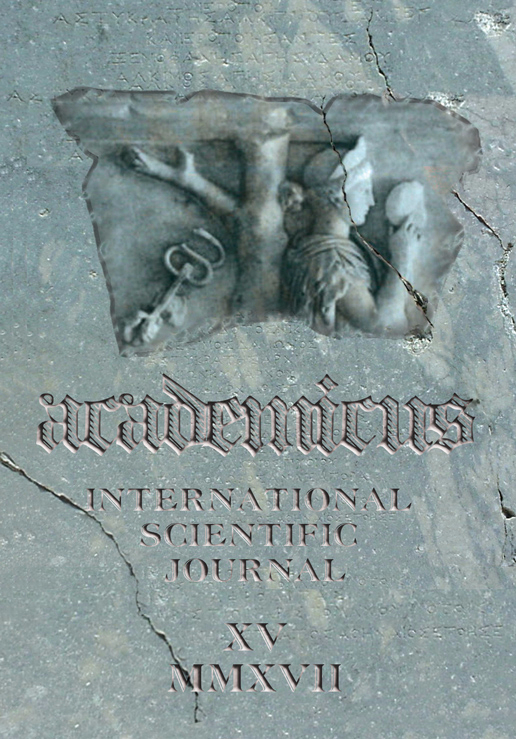How Do the Richest 1% Owns 50% of Wealth in a Small-Open Growth Model with Endogenous Wealth and Human Capital
How Do the Richest 1% Owns 50% of Wealth in a Small-Open Growth Model with Endogenous Wealth and Human Capital
Author(s): Wei-Bin ZhangSubject(s): Economy, Social differentiation, Sociology of the arts, business, education, Economic development, Socio-Economic Research
Published by: Academicus
Keywords: inequality and growth; small-open economy; learning by consuming; wealth and income distribution; heterogeneous households;
Summary/Abstract: This paper extends the growth model for a closed national economy by Zhang (2015) to a small-open economy. We attempt to explain some economic mechanisms of how the richest one per cent of the population own 50% of national wealth. We consider endogenous wealth and human capital accumulation by heterogeneous households with different preferences and learning abilities as the main determinants of growth and inequality. We describe the production technologies and economic structure on the basis of the Uzawa two-sector model. By applying Zhang’s concept of disposable income and approach to household behavior, we describe consumers’ wealth accumulation and consumption behavior. We model human capital accumulation on the basis of Arrow’s learning by doing and Zhang’s creativity with leisure. We simulate the model with three groups of the population, the rich 1 %, the middle 69%, and the poor 20%. We demonstrate the existence of an equilibrium point at which the rich 1% own more than half of the national wealth and the poor 20% less than 10% of the national wealth. We show how the system moves to the equilibrium from an initial state and confirm that the equilibrium point is stable. We also conduct comparative dynamic analysis.
Journal: Academicus International Scientific Journal
- Issue Year: VIII/2017
- Issue No: 15
- Page Range: 58-79
- Page Count: 22
- Language: English

